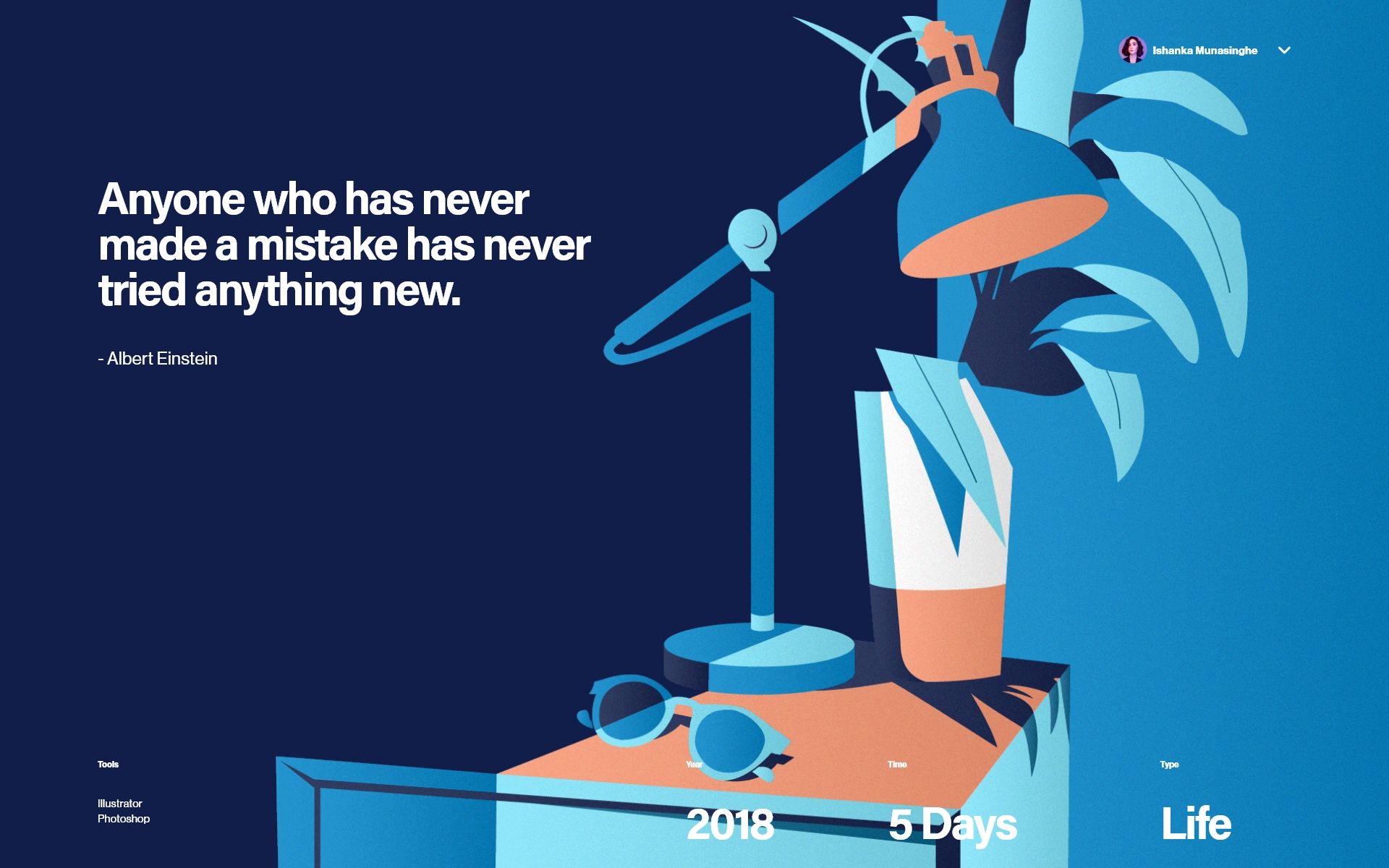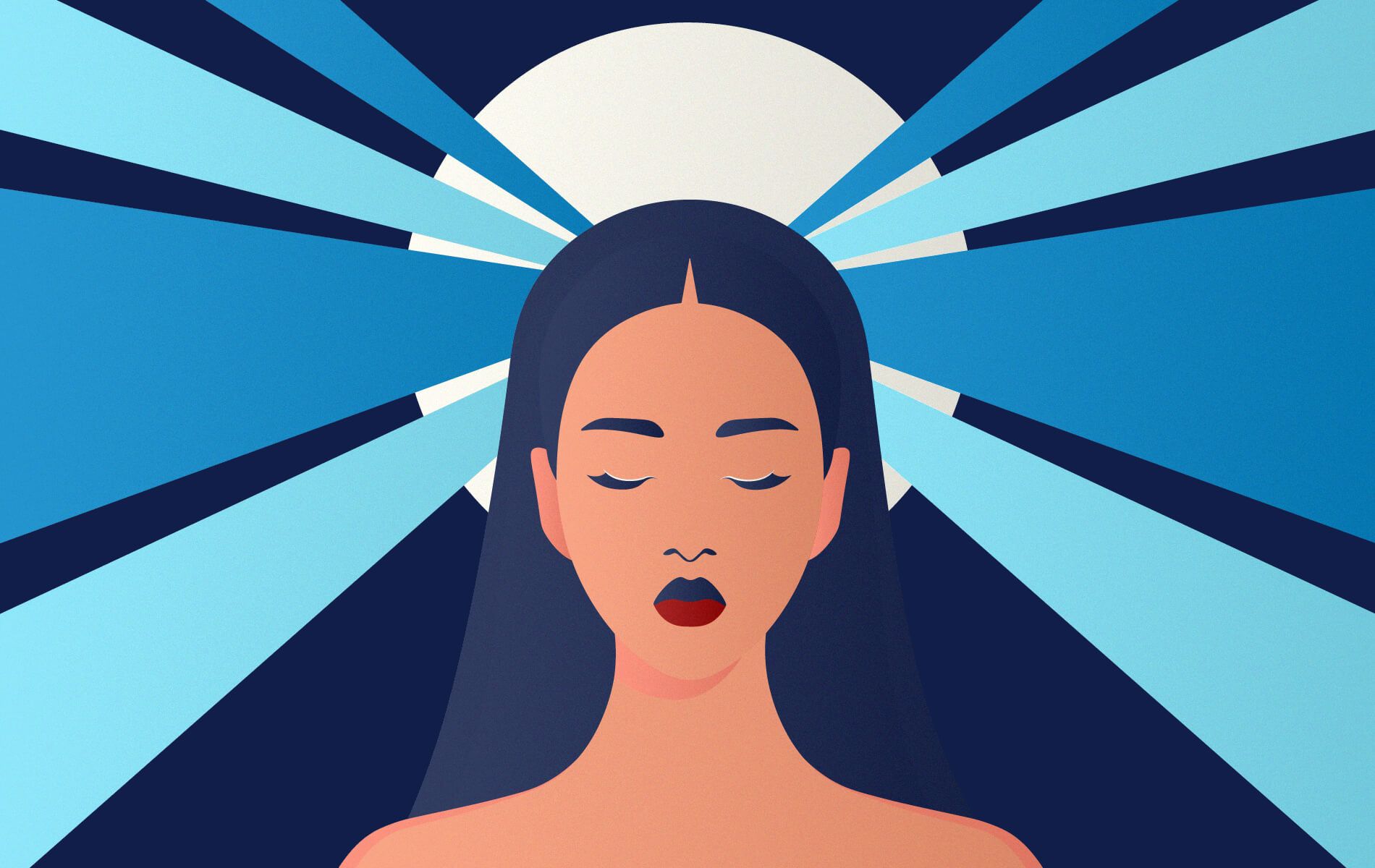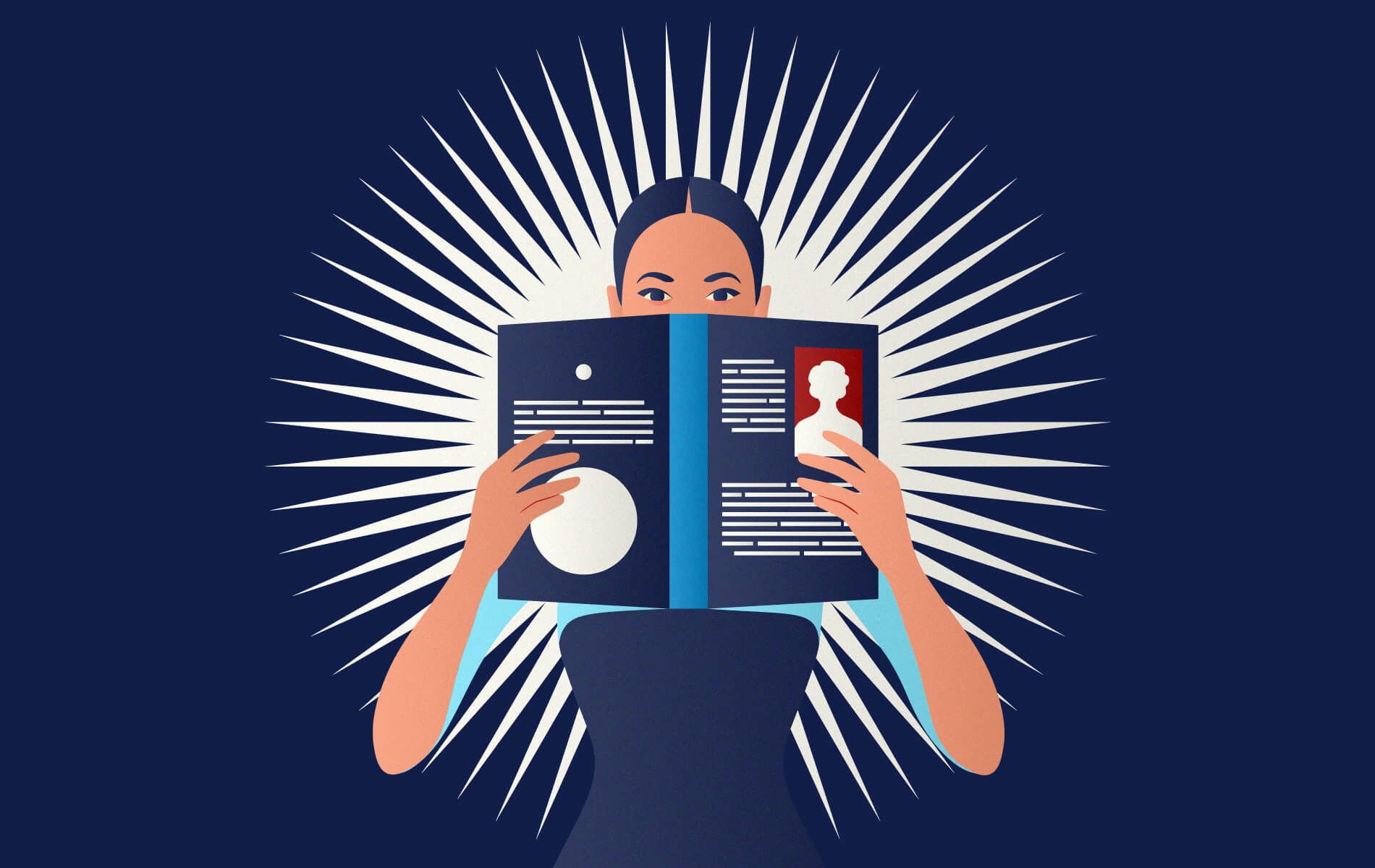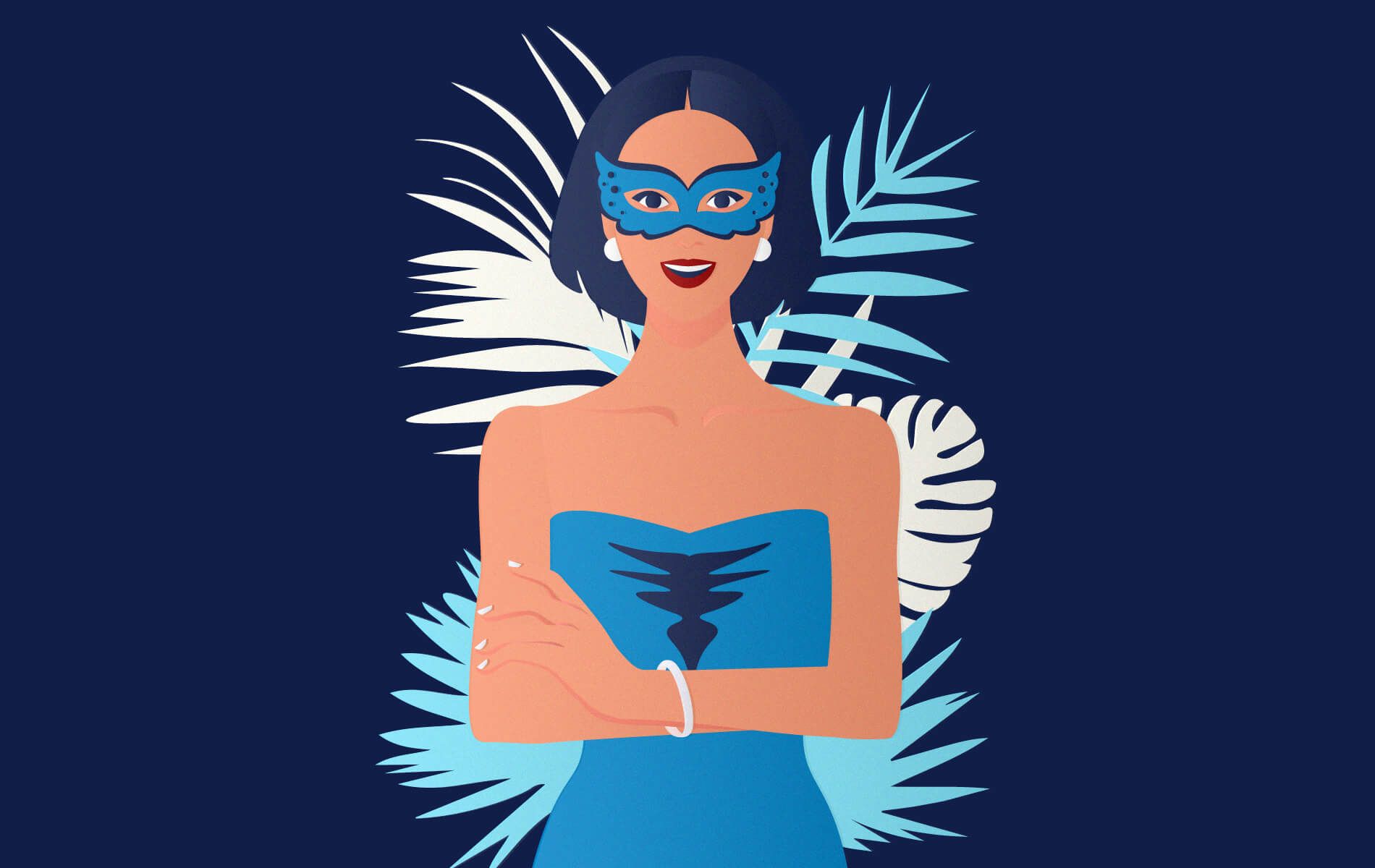Artists’ Worst Mistakes


Making comparisons to others
One of the most prevalent mistakes is comparing your abilities to those of other artists. Believe me, this may be detrimental to your health. There is always someone more experienced or fortunate to find his ideal niche out there. You seldom think about how an artist came to the point when you first encountered his works. That amazing work might well be the culmination of years of growth and self-searching. As a result, the only thing you can do is focus on yourself and your own improvement.
Sure, it’s important to keep an eye on what your fellow artists are doing out there, what’s hot and what isn’t, but don’t allow it to overwhelm you and discourage you from going forward.

High Expectations
It’s natural to feel motivated while beginning anything new. That is what charges us with energy and fuels us. However, people are frequently stuck by their own false expectations. It’s difficult to become renowned overnight, and it’s much more difficult to become a master in any skill. These things take time, effort, and commitment. That doesn’t mean the journey to the top can’t be enjoyable and exhilarating. However, you must accept that there will undoubtedly be barriers. And you must be prepared. Concentrate on the big picture, but take it one step at a time. You will have a better understanding of what lies ahead and will be able to change your expectations accordingly.

Extreme Flawlessness
It is good to strive toward excellence. There is no doubt about that. But not if it consumes too much of the time that you might have spent making another piece of art. Too frequently, artists strive to reassess their final works in order to make them perfect when the elusive nuances exist only in their heads.
All of these unneeded difficulties keep you from sharing your work with the public and obtaining important criticism, which is a fantastic source of progress in and of itself.

Changing your styles often
I understand – it’s always exciting to try something new, to play with new programs, techniques, creative forms, and so on. However, there is a tight line between developing your own creative identity and changing styles whenever something new arrives on the horizon.
Especially if you did not devote enough time to whatever you were doing before it. My advice is simple: pick a style that appeals to you aesthetically and focus on it. Practice in this manner until you show significant progress. By that point, you’ll know if it’s for you or if you don’t like working on it. Only then you will be able to tell whether anything else would be a better fit for your own expression.

Impersonating other artists
There is a fine line between being inspired by art and really coping with it. It’s absolutely OK and beneficial to acquire drawing methods and colour combinations from your favourite Da Vinci or Klimt. However, stealing a live artist’s distinct style without giving him credit is both unprofessional and immoral.
It is, in fact, a prevalent social media vice among artists. You see something fantastic done by another illustrator and want to employ the same style/colours/shapes to create something distinctively derivative. And this can affect you in a variety of ways:
- Art directors and professional illustrators are examples of persons that work with art on a daily basis. They are well-versed in their field and can immediately identify your source image. If you include it in your professional portfolio, you may get a terrible reputation.
- In the process, you don’t learn much. The artist you adore may have worked hard to create his style and master his skill. You, on the other hand, have just duplicated the ultimate product.
- Consider the possibility that you become a well-known artist. You put forth the effort, invested the time and energy, and formed your own style. And now someone is merely copying your particular aesthetic characteristics. What would your reaction be?
It’s still debatable where inspiration ends and theft starts. Nonetheless, I strongly advise against including “overly inspired’ pieces in your portfolio.
